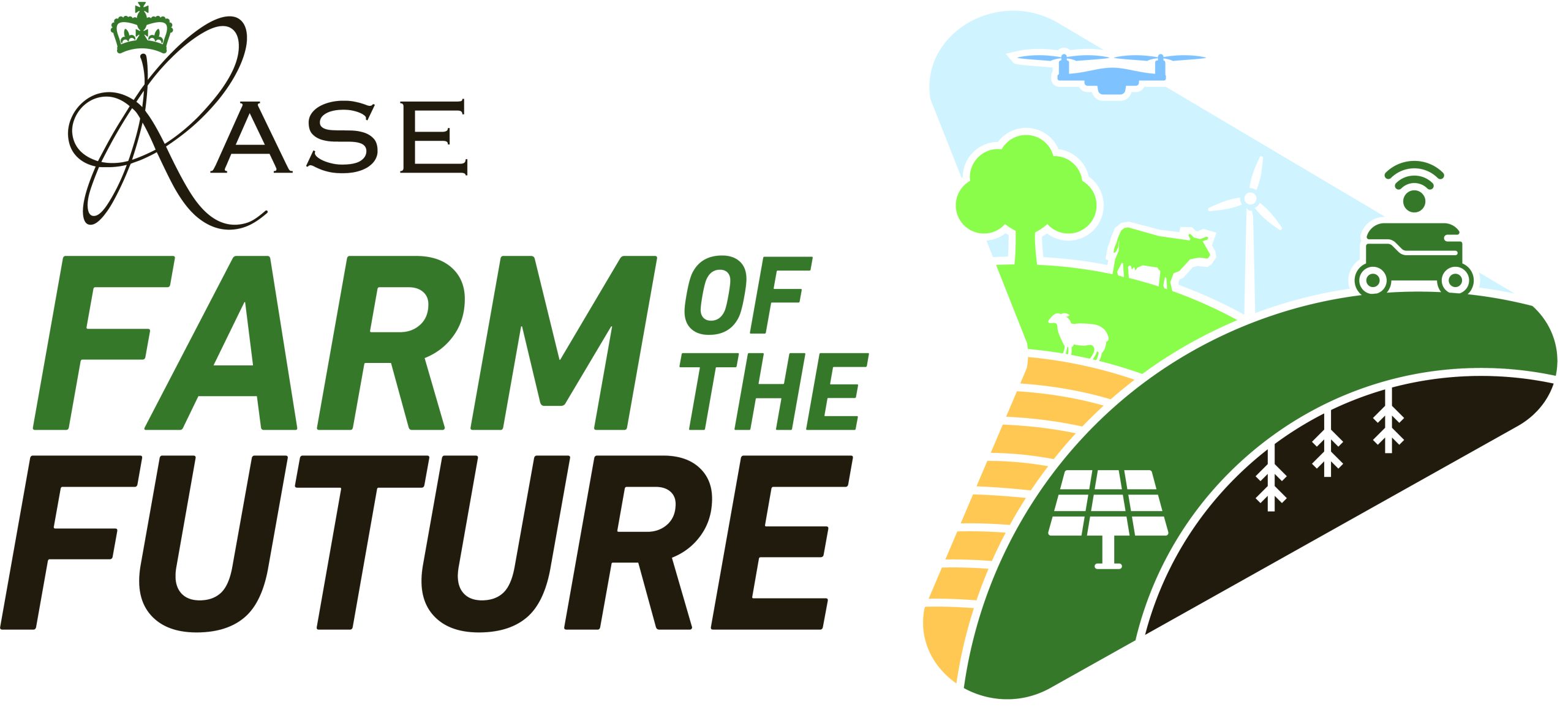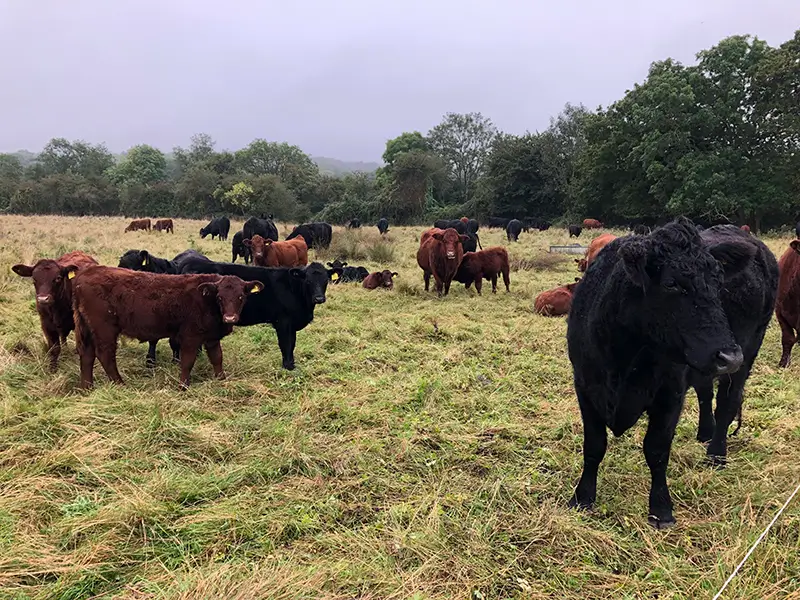Introducing livestock to an arable system can improve the biological function of soil. This impact can be maximized by using diverse leys and adopting grazing techniques to promote the build up of organic matter and soil fertility.
The impact of eliminating livestock from arable rotations
In the 20th and early part of the 21st century, the increasing availability of artificial nitrogen meant farms could reduce and even eliminate livestock from their rotations and still grow acceptable yields of grains and plant proteins. This allowed specialisation to occur and resulted in the investment in fewer, but much larger and heavier machines.
The combination of the loss of livestock in the rotation, the increased weight of machinery and the application of large amounts of artificial chemicals and fertilisers came with a cost. Artificial nitrogen oxidises and removes vast quantities of humus and other organic matter from the soil, making the soil more prone to slumping, compaction and erosion. The ever-heavier machinery being used compounds this effect.
Arable-only rotations have long periods when the soil is either bare and exposed to the elements, especially in a tillage-based system, or has senescing and dead monoculture plants awaiting harvest. These situations kill one of the most important soil organisms, arbuscular mycorrhizal fungi, and leads to long term damage of the soil. They also mean that, for a significant part of the year, little or no sunlight is being captured, meaning the farm business is not harnessing the natural resources available.
Grazing livestock for maximum regenerative impact
The introduction of livestock can help farmers to achieve all five principles of regenerative agriculture, reversing many of the problems associated with specialised arable system. This can lead to a dramatic improvement in soil-sequestered carbon and a significant increase in soil health.
However, a strategic approach to grazing management is essential to maximise the beneficial impact grazing livestock have on the land. The first aim is to graze plants at the correct stage in their lifecycle. They should be at, or nearing, maturity which means they are starting to enter the reproductive phase. At this point, root exudates, sugars and other carbon compounds arising from the photosynthetic process in the plants are at their peak, feeding the microorganisms in the soil.
This leads on to the second aim when grazing, which is to group animals together in a tight ‘mob’ on a patch of land and to move them regularly to fresh grazing. Regular movements ensure the animals only eat the best bits of the near-mature plants and are not the older, more lignified parts. Keeping the animals in tight groups means the parts of the plant that are not eaten get trampled into the soil surface, acting as a protective blanket and providing additional feed for the soil microbes.
The role of diverse leys
If the 20th century was the age of chemical farming, the 21st century has to be the age of biological farming.
A polyculture, or mixture of plant species, can accelerate the move away from a reliance on chemicals and increase the biological activities of our soils. Benefits of herbal ley mixes include:
- Legumes in the mix can fix nitrogen from the atmosphere, for free, without recourse to fossil fuels
- Different plant varieties root at different depths meaning the access to nutrients, minerals and water from the whole soil profile is maximised
- Diseases find it very difficult to spread from plant to plant within a diverse herbal ley as they are almost always species specific
- Livestock performance is improved and trials have shown animals are capable of self-selecting the most nutritious diet when offered a varied platter
- Some of the plants grown in a herbal ley, such as chicory or sainfoin, have anthelmintic properties which reduces the internal parasite burden in the grazing animal
Reintroducing livestock can be a gradual process, starting with offering grazing for a neighbour’s livestock, rather than making the financial and time investment required to buy and manage livestock immediately. Find out more about use of mob grazing and diverse leys on pages 23-25 of the RASE Farm of the Future: Journey to Net Zero report. This section was originally contributed by mob grazing specialist and farm manager Tom Chapman, from St. Pauls Waldon Bury Estate in Hertfordshire.

